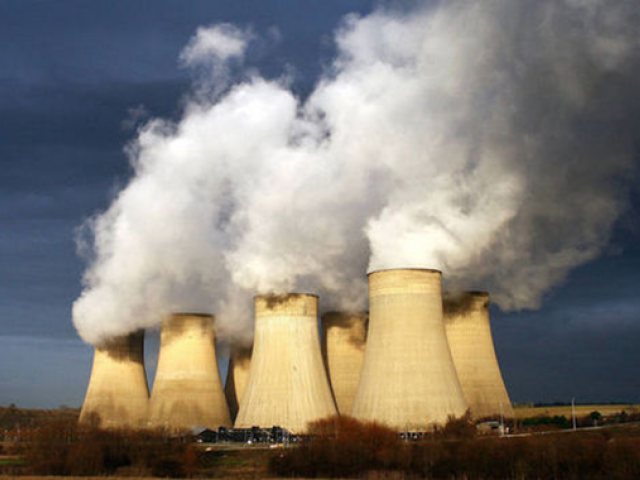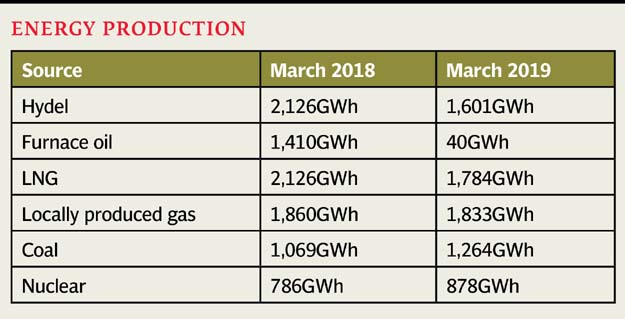
The country had produced 8,741GWh in March 2018, according to the National Electric Power Regulatory Authority (Nepra).
“Comparatively low temperature this March, compared to March 2018, has kept demand for power on the lower side,” an official at the federal Ministry of Energy (Power Division) said on the condition of anonymity while talking to The Express Tribune on Saturday.
Average temperature in Lahore and Karachi stood respectively at 19 degrees Celsius and 25 degrees Celsius in March 2019 compared to 23 degrees Celsius and 27 degrees Celsius in March 2018, according to timeanddate.com.
“The availability of power in the system had remained higher than demand,” he claimed. “The demand for power stood at somewhere between 13,000-13,500 megawatt against the availability at 17,000-18,000 megawatt today (April 20, 2019) in the morning.”
Pakistan to start producing power from Thar coal in few days
He said the weather in Islamabad remained decent as low fan air was enough to make living comfortable at home and offices. “This time last year we were using air conditioner,” he said.

The breakup of power production suggested the government took significantly high production from the cheapest source; hydel power plants in the energy mix due to availability of higher water in dams. On the contrary, it took almost next to nil production from the most expensive source of power production; furnace oil-fired power plants.
The hydel production soared 85.3% to 1,601GWh in March 2019 compared to 2,126GWh in March 2018. “The substantial increase in production from hydel sources became possible due to availability of adequate water in dams,” the government official said.
Moreover, the government has decided to take maximum possible production from cheapest sources and lowest possible from the most expensive one, he said.
Delay to fill vacant posts in energy firms may cause power crisis this summer
Accordingly, production from furnace oil-fired plants plunged 97% to 40GWh in March compared to 1,410GWh in the same month last year, Nepra said. Production from imported gas (liquefied natural gas or LNG) dropped 16% to 1,784GWh compared to 2,126GWh. Production from locally produced gas decreased 1.5% to 1,833GWh compared to 1,860GWh. Production from imported coal-fired power projects fell 15.4% to 1,069GWh compared to 1,264GWh.
The power production from nuclear plants increased 11.6% to 878GWh compared to 786GWh. The production from other sources, including the renewable ones, dropped 1.3% to 417 GWh in March 2019 compared to 422GWh in the same month last year, Nepra said.
Power outages dropped
The official claimed that the power outages have dropped significantly over the past one year. “Zero load shedding has increased to 80% feeders in the system from 65% last year.
The zero load shedding extended to more areas nationwide following recovery of monthly billing against the utility increased by households and offices. “The collection against power billing has increased by Rs51 billion during the October 2018 to February 2019 period compared to the same period last year,” he said.
Published in The Express Tribune, April 21st, 2019.
Like Business on Facebook, follow @TribuneBiz on Twitter to stay informed and join in the conversation.

















COMMENTS
Comments are moderated and generally will be posted if they are on-topic and not abusive.
For more information, please see our Comments FAQ